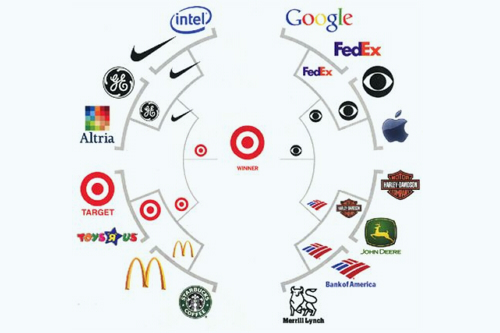How This Year’s Fortune 500 Breaks One Record After the Next
Clifton Leaf
Every year, Fortune President Alan Murray sends out a CEO survey to the leaders of the Fortune 500 on where they think the economy is headed, where they see the biggest risks in the coming months, and more. But this year I’m struck by one stat in particular: 63%. That, believe it or not, is the share of CEO respondents who believe that Facebook “needs more oversight.”
Given how most C-suite types feel about regulation, the percentage is quite telling – at least about how dramatically the conversation about the world’s most dominant social network has changed over the course of the last year. Fortune’s Michal Lev-Ram spent weeks with the company’s top content cops – who will hire upwards of 10,000 people this year to help them identify and purge offensive, dangerous, and illicit posts – in the hopes of restoring trust among Facebook’s users and advertisers (see her story here). The social giant can afford to do that because its profit margin, at 39% of revenue, is among the very highest in the Fortune 500.
Indeed, if there’s one thing that leaps out from the pages of this year’s annual Fortune 500 issue, it’s the sheer number of incredible numbers within. Even after Facebook adds that brigade of message monitors, for instance, it will still employ fewer people than JPMorgan Chase has software engineers. Seriously. America’s biggest bank, founded in 1799, now employs 33,000 people to design and build its tech. Our Robert Hackett focuses on one quirky subset of that humongous team in “How JPMorgan Chase Learned to Love the Blockchain.”

Nobody’s bigger than Walmart, No. 1 on the list for the sixth year in a row, which reached a new milestone of corporate massiveness in 2017 – becoming the first company ever to surpass half a trillion dollars in sales. Walmart’s 3% year-over-year sales growth, however, only pales in comparison to Amazon’s 31% rise in sales, which rocketed the online giant into the top 10 for the first time. Now Amazon’s coming after the Bentonville behemoth on its own turf with the acquisition of Whole Foods, as Beth Kowitt explores in “How Amazon Is Using Whole Foods in a Bid for Total Retail Domination.”
Everything is bigger in Texas, including the current oil boom in the Permian Basin – where 22% of all oil rigs in the world are currently drilling. It has pushed U.S. oil production up to an all-time high of 10.2 million barrels a day, as of February. As you’ll see in our story “Lone Star Rising,” the Permian gusher is enriching landowners and changing the geopolitics of energy.
A rebound in the energy sector was one of the big trends that powered a strong year for American business overall. This year’s Fortune 500 crop grew sales by 6% over last year, to $12.8 trillion, and their profits jumped some 13%, to $1 trillion.
But then, not every company had a good year, as Geoff Colvin relates in his sharp, analytical dissection of the debacle at General Electric. His title asks the question that so many of GE’s shareholders have been asking themselves: “What the Hell Happened?”
For the answer to that question and much more, check out our Fortune 500 list and its accompanying features.








